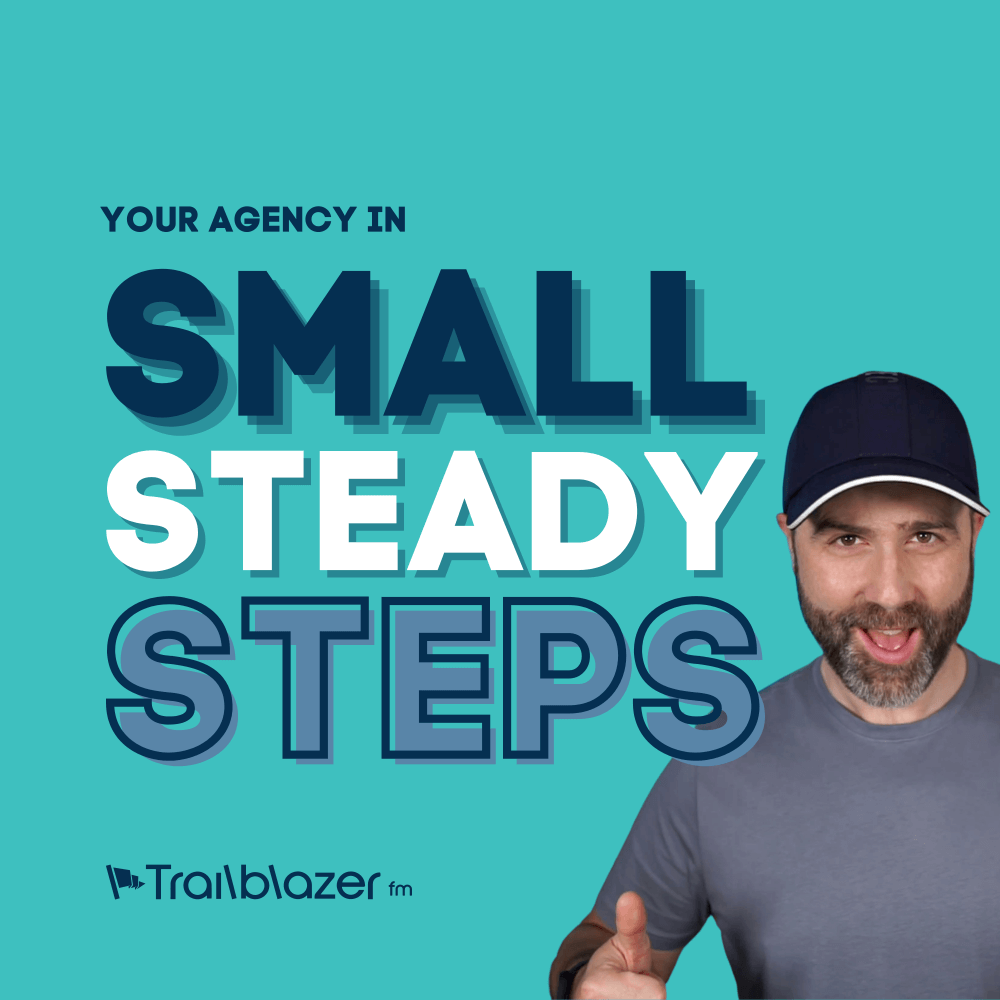As an agency providing WordPress driven websites you may often be frustrated with the final look of the site. You can find that clients will not stick to brand guidelines and start using the WordPress content editor to enlarge text, to change fonts, to change the colours of fonts, maybe centralise text as well, and the end result can be pages that do not accurately reflect the image of the company and at times look hideous.
This can lead to you in the unfortunate position of having a website that you are no longer proud to include in your portfolio for other prospective clients to view. Poor looking pages can affect the sites performance against it’s objectives also can lead to difficult client relationships.
How do you give your client flexibility?
So how can you give your client the flexibility they desire for content creation and control whilst ensuring that stay they’re on brand? You’ll be please to hear that the answer is not shortcodes. During the theme development process you can implement a few strategies to ensure that your client sticks to the right look and feel.
Designing re-usable elements
Firstly, agree a set of re-usable page elements with the clients. This could include:
- Header with text paragraph
- Multi column structure
- Team member card with specific image style and custom fields
- Call to action text with button
- Video embed with text
- Wherever your creative juices take you…
These page elements can be designed up, reviewed by the client and signed off. The end result is what some agencies term as “a page of styles”. In fact we often receive the PSD called “Page of Styles.psd” when we are being tasked to develop new WordPress themes.
Create a “Block/Element Builder” from the re-usable elements
Now have your development team create “block builders” based on these design elements. For example, you may have a block that shows a team member. Your developer will therefore create a block builder element that can added by your client by either dragging or pressing a supplied button. The client would then fill in the relevant information such as the image, the name of the team member, short biography and any contact information in the fields that the developer has provided. This avoids the client trying to create a team block themselves using a combination of tables and bold text and left aligned images in the default WordPress editor.
Tools your developer can use to create a “Block/Element Builder”
Tools such as Advanced Custom Fields will allow you to create blocks, custom fields, repeatable elements and they include an excellent feature called “flexible content” which allows a client to add in multiple different content elements, populate, and easily re-order. The developer will be able to use this to create as many blocks as are created and signed off, and this gives your client the freedom and flexibility to build the page of content with predefined and signed off blocks and layouts.
Should your client require some form of visual builder where they can drag and drop elements onto a page and see things changing live in front of them, then we would recommend you would look at Beaver Builder. Within Beaver Builder you can disable all of the default elements that you do not want your client to use. Then you can create a wide range of modules that include predefined custom fields and your CSS and HTML that reflect accurately the blocks that have been created during the design process.
This again gives your client full flexibility of page structure adding whatever content that they desire using the predefined blocks that you have designed that are on brand and that will accurately reflect the image of your client.
There is of course a learning curve for your client, as despite using these tools, they may still create pages that are in some ways disconnected/disjointed and do not have the correct content flow. This is why you could up-sell a copyrighting service to help your client create better content and better page structures.
Top Tip: We specialize in building themes that help clients stay on brand. Let us quote on your next job. Submit your brief here.
What if its too late?
If you are in the unfortunate position of having already developed a WordPress theme and it’s not feasible or reasonable to integrate the tools such as ACF or Beaver Builder into your theme or installation, then there is a simple way to can restrict what your client can do to ensure that they provide some form of plain content without them going off the charts.
The quick win would be to install TinyMCE Advanced. What this will do is allow you to restrict what buttons/options are available on the WordPress content editor. You could remove options such as font colours or font sizing, and it gives you the flexibility to add in other elements that may be missing from the default view that would help your client. The end result being a content editor that contains only the elements that you would like them to be able to use. This of course is by no means a great solution, but will certainly help avoid large text and ugly fonts (Comic Sans).
If you’ve got any tools that you would recommend people use to help their clients to stay on brand then please go ahead and share them in the comments.
If you need any help in building your next WordPress theme to ensure that your theme includes content blocks that will keep your client on brand, then guess what, we know exactly how to build them and we’d be happy to talk to you. Get in touch today.
